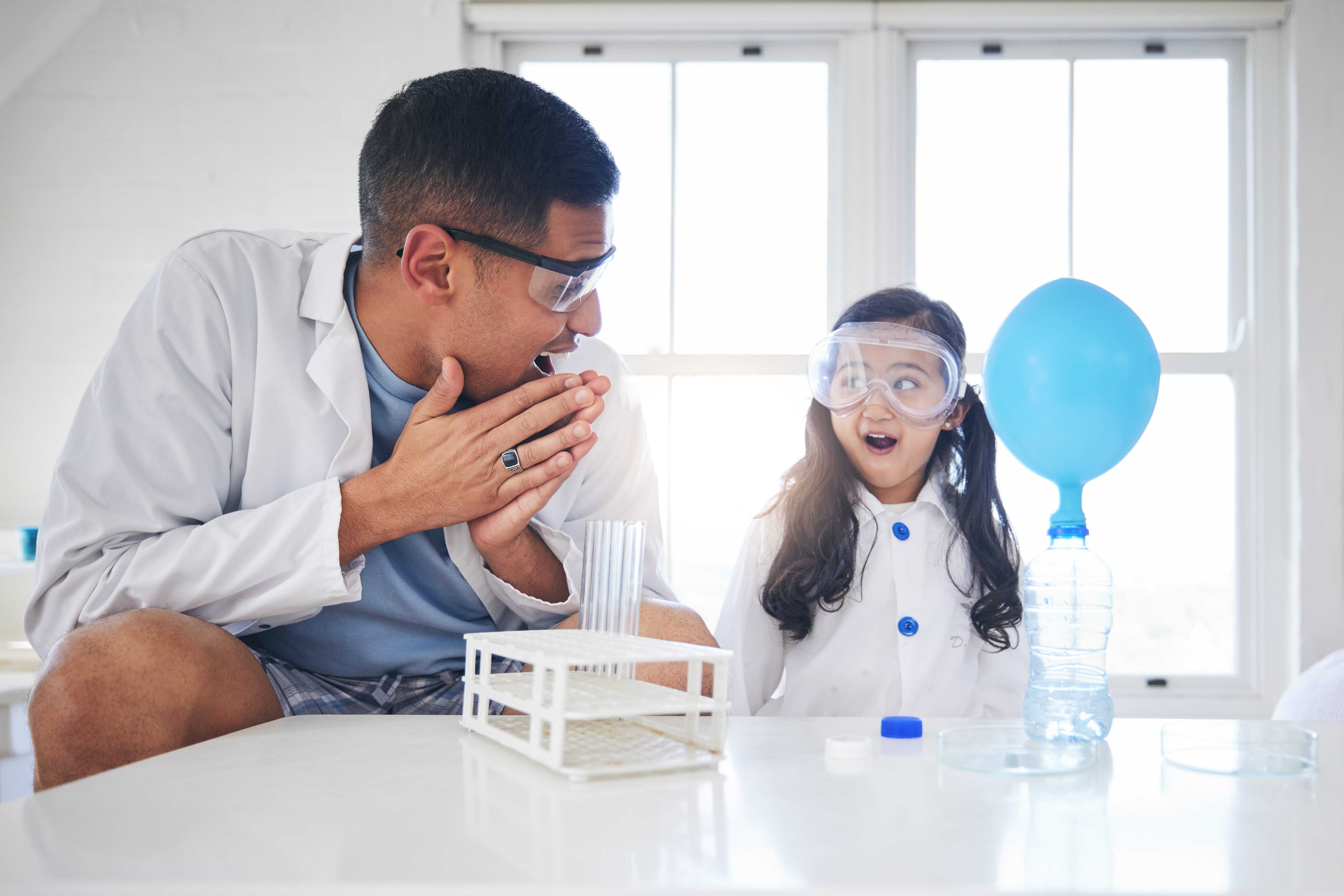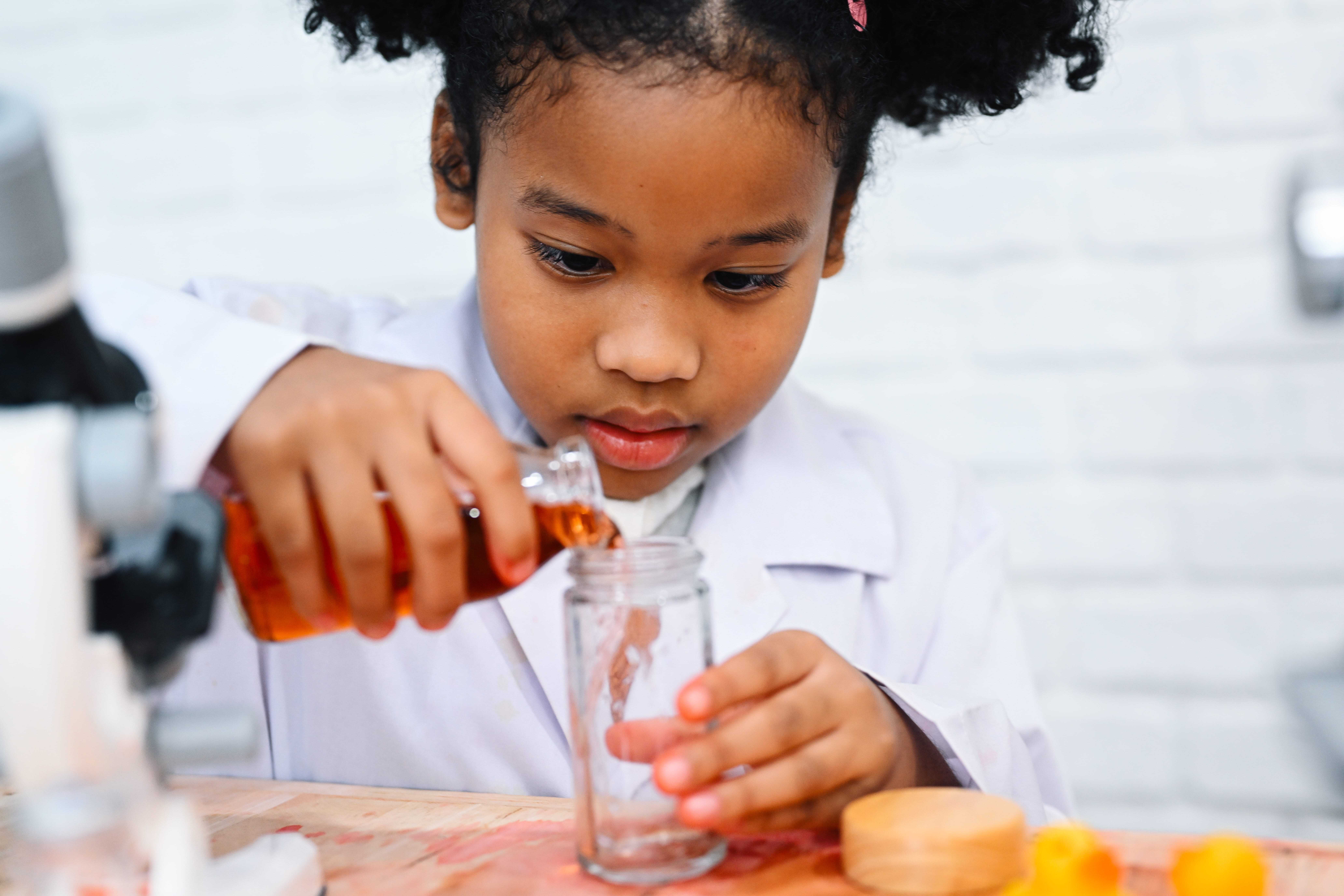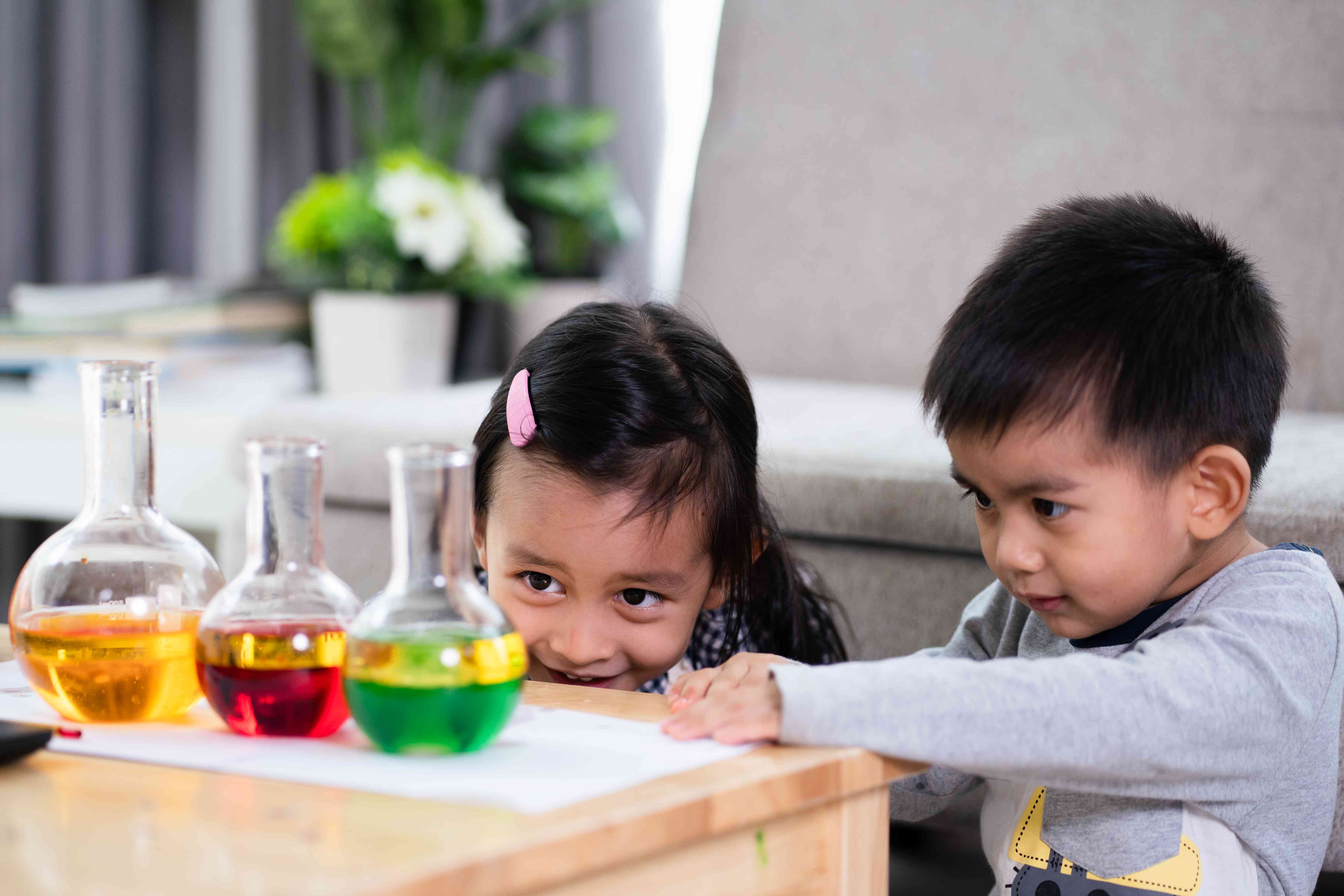Make Thanksgiving playful and educational with simple STEM activities for children. Explore pumpkins, leaves, experiments, and hands-on family fun.
Thanksgiving is a perfect time to play, explore, and learn together as a family. With a few easy STEM (Science, Technology, Engineering, and Math) activities, children can build, test, experiment, and have fun while everyone celebrates the holiday.
They’re simple hands-on projects that spark curiosity and get everyone involved.
Why Try STEM on Thanksgiving?
It is a day full of sights, smells, and moments to explore pumpkins, leaves, kitchen experiments, and time together. STEM activities build on those natural moments.
- Children learn problem-solving by trying, failing, and trying again.
- Families work together and share something meaningful beyond the big meal.
- Learning feels like play and no worksheets required.
1. Pumpkin Volcano Surprise
Take the iconic pumpkin and turn it into a dramatic display of chemistry and cause-and-effect.
What you’ll need:
- A small pumpkin (carved hollow or cut off the top)
- 2 - 3 Tablespoons Baking soda
- ½ - 1 Cup Vinegar
- Dish soap or food coloring
How to prepare:
- Place the pumpkin on a tray or inside the sink for easy cleanup.
- Sprinkle baking soda into the base of the pumpkin.
- Add a few drops of fun stuff, like dish soap or food-safe color.
- When you’re ready, pour the vinegar in and step back. Watch as fizz and foam erupt in a “volcano” of orange.
How children can help: They can scoop the baking soda, add the coloring, and cheer at the eruption.
Why it matters: Children observe chemical reactions, cause and effect, and engage in the thrill of making something new happen.
2. Candy Corn Bridge Challenge
Harvest the engineering mindset by building bridges or towers using candy corn and toothpicks.
What you’ll need:
- A large bag of candy corn
- Toothpicks (regular or jumbo)
- A timer or stopwatch
How to prepare:
- Invite children to build a structure, a span that bridges two books or a tower that reaches a certain height.
- Set criteria like “Build a bridge that holds a toy” or “Build a tower taller than this cereal box.”
- See what works, what collapses, why it fell over, and how to improve.
How children can help: They choose the design, link the pieces, test the strength, and redesign.
Why it matters: Children explore stability, load, and spatial thinking while collaborating with family.
3. Floating Mayflower Boat Race
Explore buoyancy and motion with a Thanksgiving twist, craft boats and see how they fare in a “harvest sea.”
What you’ll need:
- Recycled materials like small cardboard box, foil tray, or plastic container
- Straw or stick for a mast
- Lightweight material for “passengers” (for instance, pennies, beans, or small toys)
- A tub, sink, or large bowl of water
How to prepare:
- Build the “boat” together, select hull, add mast or sail, decorate with autumn stickers or designs.
- Predict “How many passengers will it carry before it sinks?”
- Set it in the water and gradually add items until it begins to sink or tip.
- Move the “passengers,” shift weight, redesign the hull to observe and adapt.
How children can help: They pick materials, decorate, count the load, and observe what sinks and what floats.
Why it matters: Children build insight into buoyancy, weight distribution, and cause-effect, all through hands-on play and seasonal fun.
4. Leaf Chromatography Art Lab
Turn the vibrant leaves around you into a science art project.
What you’ll need:
- Fresh leaves in different colours
- Small clear glasses or jars
- Rubbing alcohol or water + coffee filters
- Paper towels or filter strips
How to prepare:
- Place a leaf in a jar and cover it with rubbing alcohol or water.
- Insert a strip of coffee filter or paper towel so one end is in the liquid and one extends up the side.
- Wait for the pigments to travel up the paper, separating colours and creating a “chromatography” display.
- Note how color bands form, differences between leaves, and changes over time.
How children can help: They collect leaves, measure liquids, make predictions (“Will red show blue?”), and record what happens.
Why it matters: What seems like simple art becomes a chemistry lesson. Children explore pigment, absorption, and scientific observation.
5. Cranberry Density Dive
Use cranberries to explore floating, sinking, and density in an everyday, edible experiment.
What you’ll need:
- A mixing bowl filled with water
- A handful of fresh cranberries
- Salt or sugar (optional)
How to prepare:
- Drop cranberries into the water and observe which float, which sink.
- Add salt (or sugar) gradually and stir, watch how water density changes and affects floating behavior.
- Discuss why some berries float, others sink? How did adding salt change this?
How children can help: They scoop cranberries, stir, add salt, and call out results.
Why it matters: Children explore density, buoyancy, and change with everyday kitchen items.
6. Building Corn Stalk Towers
Corn stalks (or lengths of craft paper tubes) become building blocks for architectural play.
What you’ll need:
- Empty paper towel tubes or corn stalks if available
- Masking tape or string
- Small weights such as stones or beans
How to prepare:
- Challenge children to build a tower as high as possible that stays stable.
- Set constraints: “Use only three tubes,” or “Add weight at the top without falling.”
- Test and redesign: add support, widen base, change shape.
How children can help: They experiment with design, test balance, make predictions, and measure height.
Why it matters: Children learn about centre of gravity, structural stability, and iterative thinking, all while crafting with seasonal materials.
7. Harvest-Themed Coding Cards
For families with slightly older children or tech-curious minds, bring in a logic game or coding challenge tied into the Thanksgiving theme.
What you’ll need:
- Index cards or paper
- Markers or pens
- A simple “if-then” logic template (for example: “If pumpkin appears, then jump.”)
How to prepare:
- Write prompts on cards like: “If I see a leaf, I skip. If I see a pumpkin, I spin.”
- Lay the cards in a path and have children physically act out the code sequence.
- Use a free block-coding app and build a simple game themed around autumn scavenger hunts or turkey tracks.
How children can help: They write the prompts, test sequences, debug when something doesn’t work, and celebrate success.
Why it matters: Coding play fosters sequencing, debugging, and computational thinking, wrapped in festive fun.
Bringing It All Together
These seven activities show how Thanksgiving can become an active, curious, and meaningful opportunity for exploration. Families work side-by-side, children take ownership, and discoveries happen naturally. You don’t need elaborate tools or long hours, just simple materials, a little time, and the joy of learning together.
Stay in the know and check us out on social media! Follow BrightPath on Facebook and Instagram for a variety of fun activities and daily inspiration.







